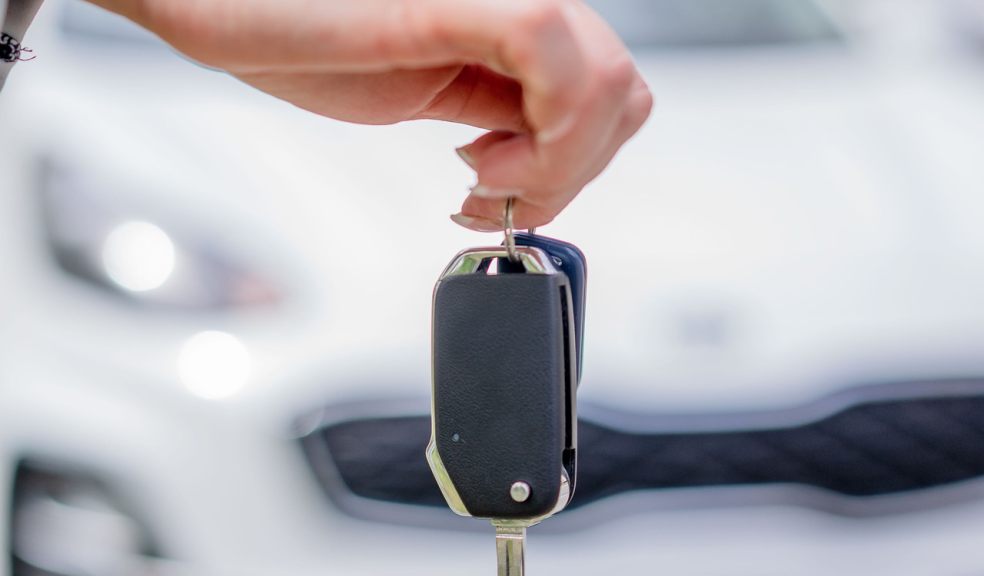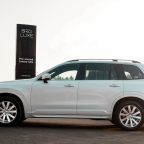
What are the different Auto Insurance Laws in the US?
Roads could be an unruly, dangerous, and downright unusable territory if not for the complicated traffic management and laws that pervades every vehicle and driver in the country. With over 6 million passenger vehicle accidents in the US just in 2019, it is not difficult to understand why there are countless traffic laws. An important component of these laws is the auto insurance laws which are meant to direct what types of auto insurance people should get. Let’s try to untangle and understand the different auto insurance laws in the US in a simple way.
Understanding Auto Insurance
In the most basic way, auto insurance is a way of securing your car (or someone else’s) in the case of an accident or other types of damages. Since the chances of a vehicle being involved in a car accident are so high (considering minor fender benders), it makes total sense both logically and financially to get auto insurance, especially when even the cheapest car insurance policies offer excellent coverage. So in the case of an accident, insurance companies will pay for the damage repair. Having automobile insurance can help to streamline the settlement process if additional damages are going to be claimed. In the event of an accident that has more substantial damages, a Boca Raton car accident lawyer (or one located elsewhere) will have insurance providers information on hand from the parties involved and will be able to assess what portion of the costs are going to be covered up front, this will allow them to determine what additional evidence is needed for the party at fault to be liable to pay for the remainder of damages. This is the simple understanding of auto insurance, let's break the complications down now.
Understanding Liability Coverage
While each state has its specific insurance requirements, liability coverage is the insurance policy that is mandatory in almost every state, and it is the most important auto insurance coverage.
Liability insurance does not cover your vehicle or personal damages. It is entirely for covering the damages caused to another vehicle, property, or person in the case of an accident. Let’s say that you hit another car, damaging the car and injuring the person. The total cost of repairing the car and the medical bills add up to $15,000. What if you don’t have the money to pay for it?
This is why each driver has to get liability protection coverage. This insurance covers such damages. But it can be a little bit complicated to understand, especially when different states have their laws around Liability insurance.
Liability coverage limits are expressed in three numbers, for example, 20/60/10. These numbers represent the amount you are covered for.
- The first number represents bodily injury coverage per person. It is the amount the insurance company would pay to cover the medical bills per person.
- The second number represents the bodily injury coverage per accident. It is the total amount the insurance company would pay for the medical bills
- The final amount is the property damage coverage per accident and it covers the damages caused to the property.
This is just an example, most of the insurance companies offer much higher coverage, for example, 100/300/50, each number in thousand dollars. Different states have different limits.
Other Mandatory Auto Insurance Laws
While liability insurance coverage is mandatory in almost every state, some states have also added some more coverage as mandatory to make roads safer. Let’s understand these mandatory coverage policies well.
Personal Injury Protection
Some states such as Oregon, Minnesota, Michigan, Massachusetts, etc have made PiP mandatory. Personal Injury Protection insurance covers the medical expenses for the insured and the passengers if they get hurt in an accident regardless of the fault. So it does not matter whose fault it is, this coverage will cover the medical expenses.
Uninsured/Underinsured Motorist Coverage
What if you get in an accident and the person at fault either does not have enough liability coverage limit (underinsured) or no liability coverage at all (uninsured)? Who will cover the cost? This is why almost half of the states in the US have made it mandatory to have an Uninsured/Underinsured Motorist Coverage. States such as Vermont, Washington, Connecticut, Illinois, Maine, Wisconsin, etc are some examples.
States and their Auto Insurance Laws
The table represents the liability coverage limits for different states, along with the other coverage limits. This is not an exhaustive list.
|
State |
Liability Coverage Limit (thousand dollars) |
Personal Injury Protection |
UM/UIM Coverage |
Medical Benefits/ Other |
|
Alabama |
25/50/25 |
- |
- |
- |
|
Alaska |
50/100/25 |
- |
- |
- |
|
Arizona |
25/50/15 |
- |
- |
- |
|
Arkansan |
25/50/25 |
- |
- |
|
|
California |
15/30/5 |
- |
- |
- |
|
Connecticut |
25/50/25 |
- |
25/50 |
- |
|
Florida |
-/-/10 |
10 |
- |
- |
|
Georgia |
25/50/25 |
- |
- |
|
|
Hawaii |
20/40/10 |
10 |
- |
- |
|
Indiana |
25/50/25 |
- |
- |
- |
|
Iowa |
20/40/15 |
- |
- |
- |
|
Kentucky |
25/50/25 |
- |
- |
- |
|
Lousiana |
15/30/25 |
- |
- |
- |
|
Maryland |
30/60/15 |
30/60 |
30/60/15 |
- |
|
Montana |
25/50/20 |
- |
- |
- |
|
Nevada |
25/50/20 |
- |
- |
- |
|
New Jersey |
-/-/5 |
15 |
- |
- |
|
New York |
25/50/10 |
50 |
25/50 |
50/100 |
|
South Carolina |
25/50/25 |
- |
25/50/25 |
- |
Optional Coverage
There is some optional coverage that auto insurance companies offer to make driving your vehicle even safer. The most popular one is the collision insurance coverage, which is exactly like liability insurance coverage but for your car.
Collision Coverage: In the case of an accident where it’s your fault, like hitting another car, a light pole, or a tree, collision coverage will cover the cost of repairs. While not mandatory, collision insurance is a very important auto insurance policy to have.
Comprehensive Coverage: Comprehensive coverage is for all the damage that happens to your car that is not your fault. So let’s say your car is sitting in the parking lot and a rogue driver with a poor sense of proportion hits your car. Comprehensive coverage will cover the cost of repairs. Not just that, but this policy also covers the damages caused by natural calamities such as hurricanes, earthquakes, riots, a tree falling on your car, hailstorms, etc.



















